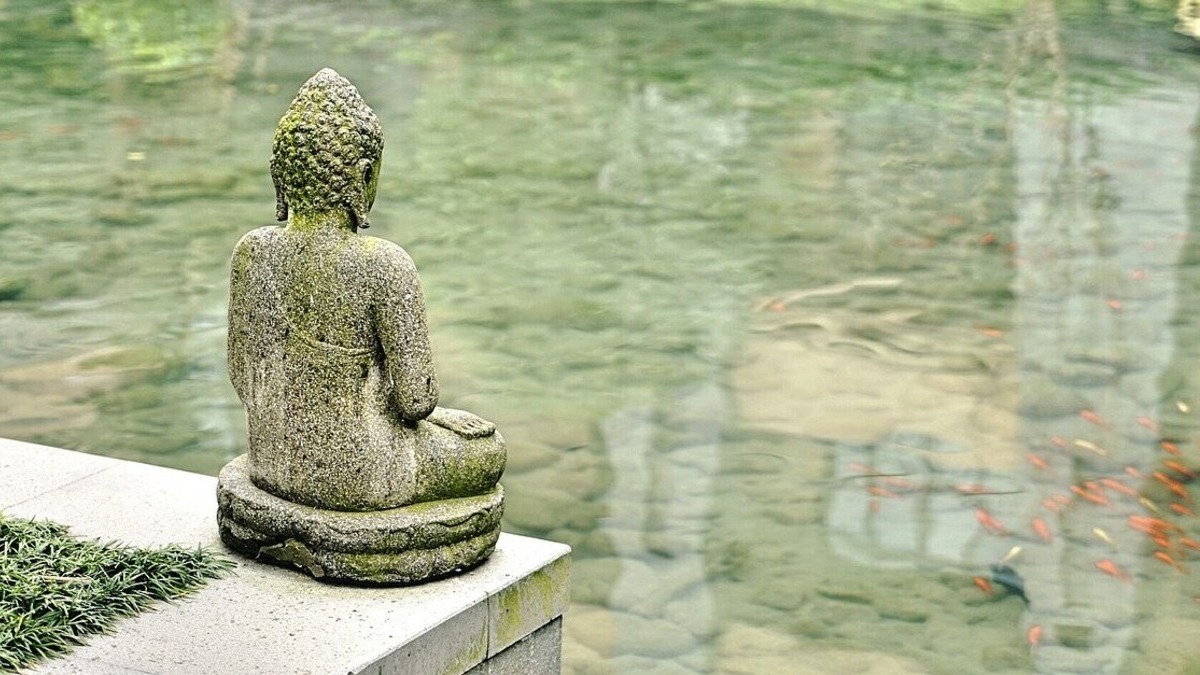Yoga has been around for thousands of years and stems from traditions in India. The practice was developed as a holistic approach to health and well-being with a focus on spiritual discipline. It has gone through many transformations during its existence, and we can group the history of yoga into 4 main eras: Pre-Classical, Classical, Post-Classical, and Modern.
History of Yoga
Let’s take a concise look at the history of yoga:
Pre-Classical (?-100 AD)
Like the teachings of Christianity, yoga was initially passed down through oral traditions. Being an oral tradition, it’s hard to date when this began. However many sources agree that yoga originated in some form around 5,000 years ago.
The earliest written records of yoga can be found in ancient Indian texts and hymns: the Vedas, Upanishads, and the Bhagavad Gita. These were all composed roughly between 1500-500 BC. These texts were written in Sanskrit, and many yoga classes still use some Sanskrit today when referring to yoga poses. There was very little consistency in the initial texts over concepts, methods, or philosophy of yoga during the Pre-Classical period, and at times these texts even contradicted each other.
Classical Period (100-500 AD)
The first real structure around yoga began to develop between 100-500 AD with the Eight Limbs of Yoga. These limbs were first codified in the Yoga Sutras, a text attributed to an ancient sage Patanjali. In this, he outlines the Eight-Limbed Path, a systematic and comprehensive framework for personal growth and spiritual development. While historians don’t know the exact time when Patanjali lived, we believe it was written sometime in the second century.
These limbs are a set of guidelines for ethical and spiritual living. Some of these limbs are what we commonly think of as yoga, including Asana (poses), Pranayama (breathwork), and Dhyana (meditation). Patanjali is often viewed as the father of yoga, and his teachings are still the backbone of what we see in modern yoga today.
Post-Classical Period (500-1700 AD)
We begin to see a shift starting around 500 AD through 1700 AD. During the previous eras of yoga, the focus was on the mind and the spiritual significance of yoga. During the Post-Classical period, we began to see more focus on the physical benefits of yoga.
Hatha yoga developed during this period. Swami Swatmarama wrote the Hatha Yoga Pradipika in 1400 AD, which describes yoga asanas in detail. Many yoga masters, or gurus, emerged during this period, and the practice focused on prolonging life and rejuvenating the body.
Across time and traditions, yoga has been about discipline and growth.
Modern Yoga (1700 AD-present)
In the late 1800s and early 1900s, we began to see the introduction of yoga to the Western world. Once the West embraced yoga, it went through some major transformations yet again. Yoga literature began to abound, and the practice became more mainstream.
This period led to the creation of many new forms or schools of yoga, such as Ashtanga, Vinyasa, Power Yoga, Yin Yoga, and Christian Yoga. In the modern era, yoga has become increasingly popular as a form of exercise, mental wellness, and stress relief. Seeing yoga as a form of exercise and general well-being instead of an Eastern spiritual activity helped to catapult yoga to the popularity it has today.
The rich and diverse history of yoga speaks to the impact it has had on civilization. It is a timeless practice that transcends time and cultural boundaries. Although yoga has gone through many transformations in its history and is still doing so today, one thing has remained consistent. Across time and traditions, yoga has been about discipline and growth. The repetitive practices of moving the body, breathing intentionally, and quieting the mind for meditation work together to create transformation.
Tonya is a 500hr RYT based in Coastal Mississippi. She loves that she gets to share the joy and healing that yoga brought to her life. In addition to teaching yoga, she flips houses with her husband. Tonya is a travel enthusiast who loves the outdoors and adventure. You'll find her at the local beach, volunteering at the animal shelter, and playing with her forever and foster dogs.





0 Comments